Today at Monterey.
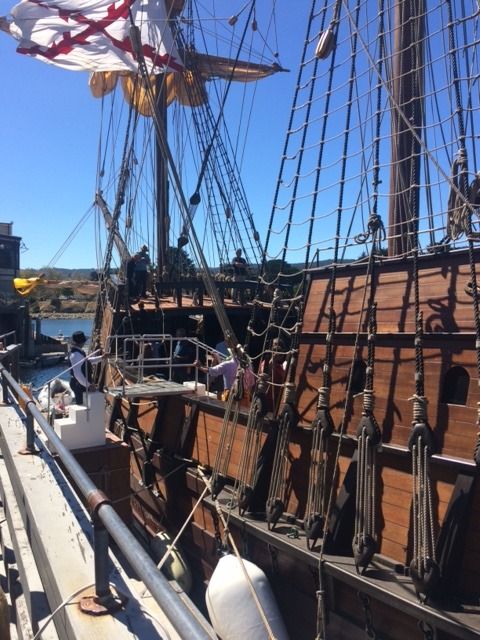
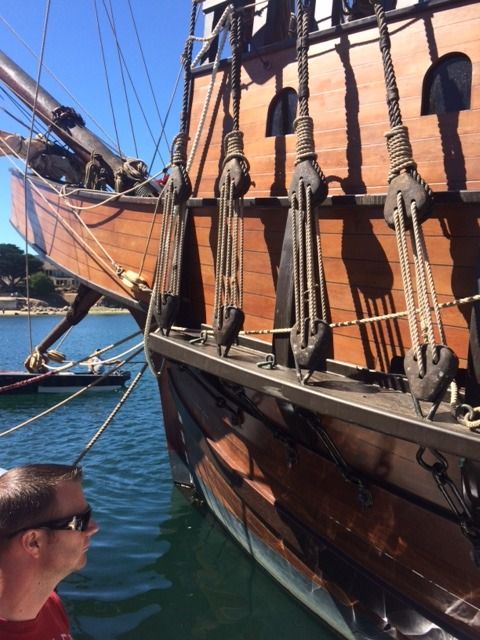
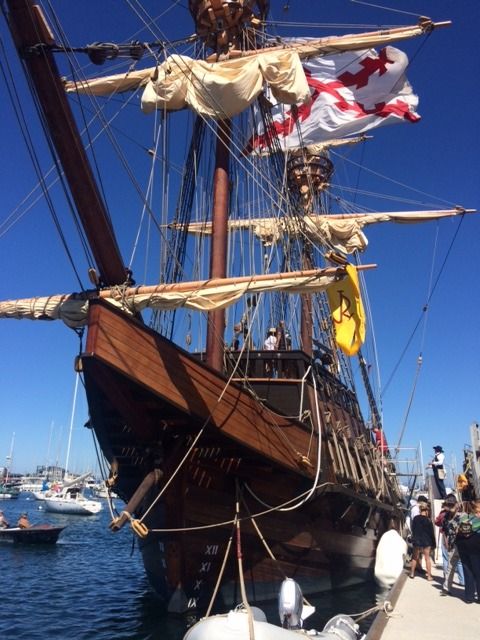
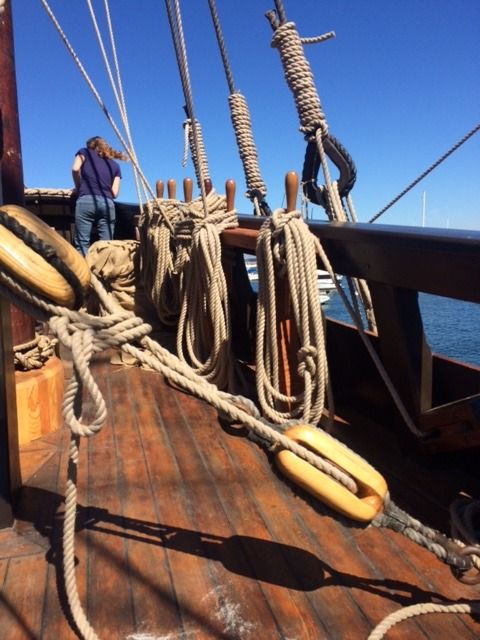
Today at Monterey.




So what is the story on it? Wow, how many galleon replicas are there around the world?
She’s a new addition to the Maritime Museum of San Diego, on her maiden voyage. Flagship of Juan Cabrillo the first European to land on the coast of California, in 1542.
Among many other things a big symbol of heritage for the Latino pops here.

For those of you who would like to make a model of this replica, is there plans available to the Forum ? If so, can an e-mail, or mailing address be posted on this site ?
Happy modeling Crackers [:)]
The San Diego Maritime Museum has a great website, with lots of pictures: https://sdmaritime.org/?gclid=CN-C78maq88CFQqKaQodn2sAnw . I’m proud to say that the longtime director of the museum Ray Ashley, is one of our former grad students (though I can’t claim to have taught him much, if anything). If he had anything to do with this new replica ship, we can safely assume that it’s been done right.
I’ve only been to San Diego once - in 1984. Now I have yet another incentive to go back.
Hi Crackers,
The San Diego Maritime Museum website has two paper model PDF files for free download, one intermediate version and one advanced. They both look like they could be made into a decent model. Click on the downloads tab to access the pdf’s.
https://sdmaritime.org/visit/the-ships/san-salvador/
Cheers,
Jose
At one point she had four masts. Foremast with square sails. Main with a lateen, mizzen with a lateen and a sub mizzen with a triangular little boom and mast sail for going into harbor.
So I had to ask. I found a sailor and asked, how do they handle the lateen on a down wind tack?
The one lateen has about four feet of chafing wrap on it. But nothing like a parrel.
She said that on a true downwind tack, the spar is laid against the mast, rather than swinging it around. The way we catboat sailors do it.
Here is the mizzen lateen with the chafing gear
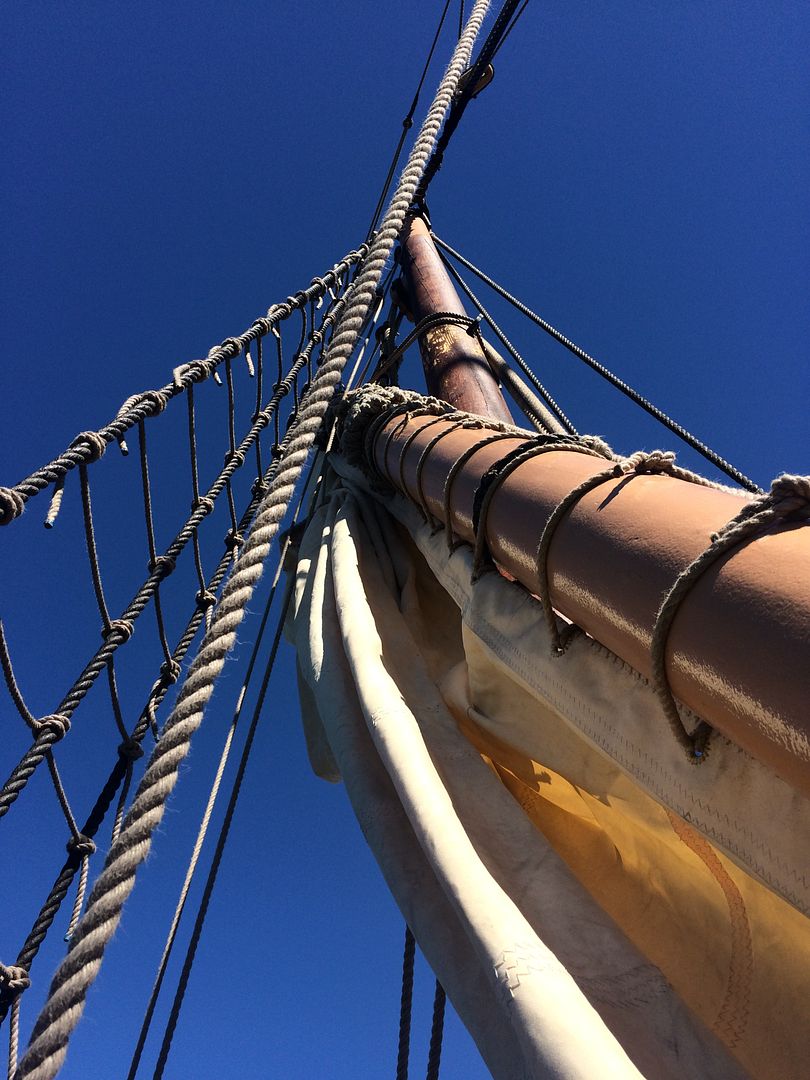
Here are the capstan pawls

And here the necessary little clues for the sailors

They also said that the current was so strong that setting sail mostly accounted for course correction.